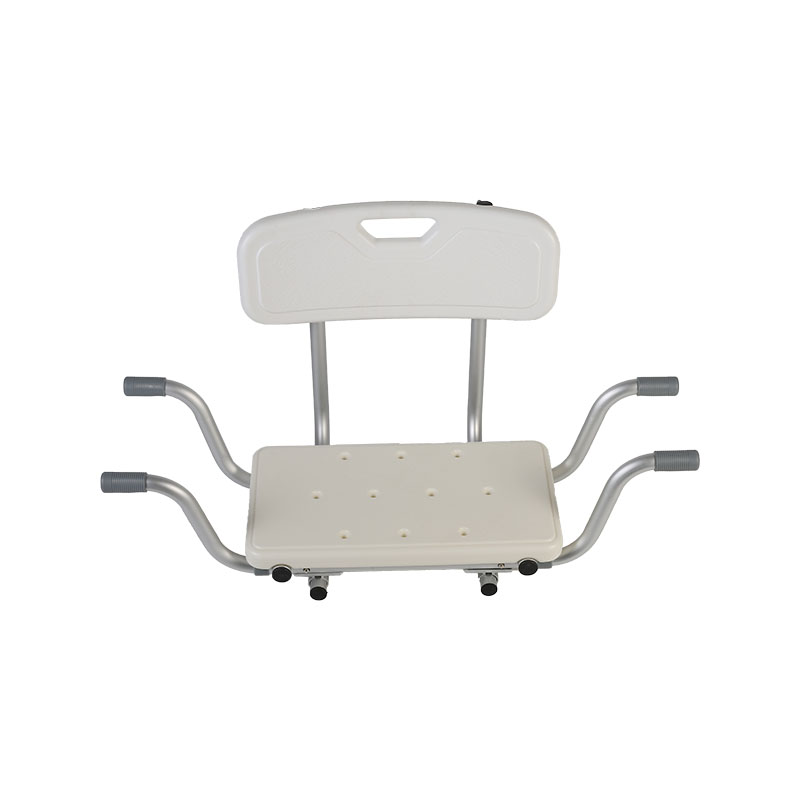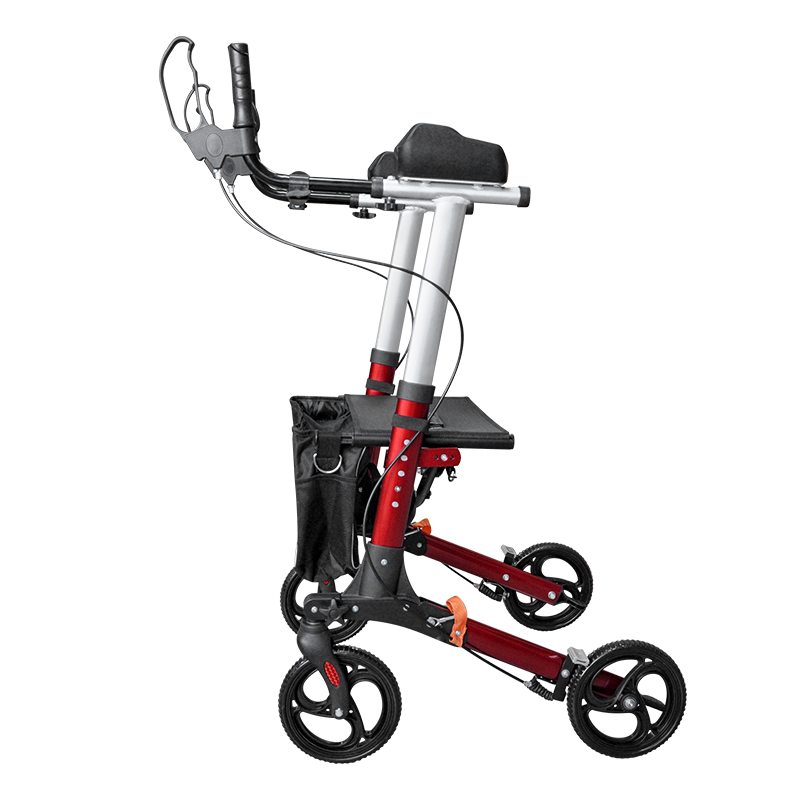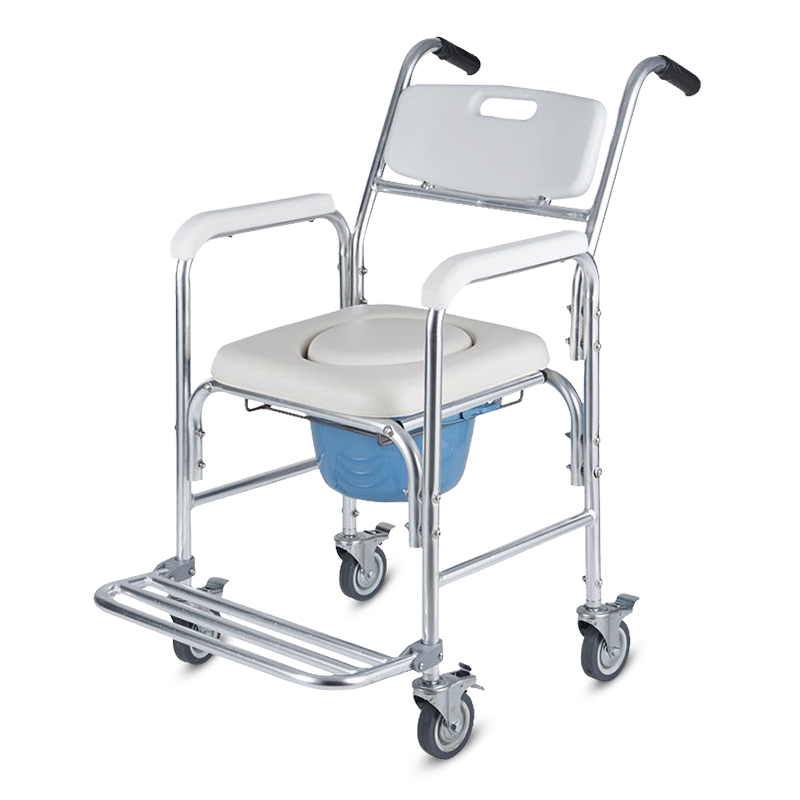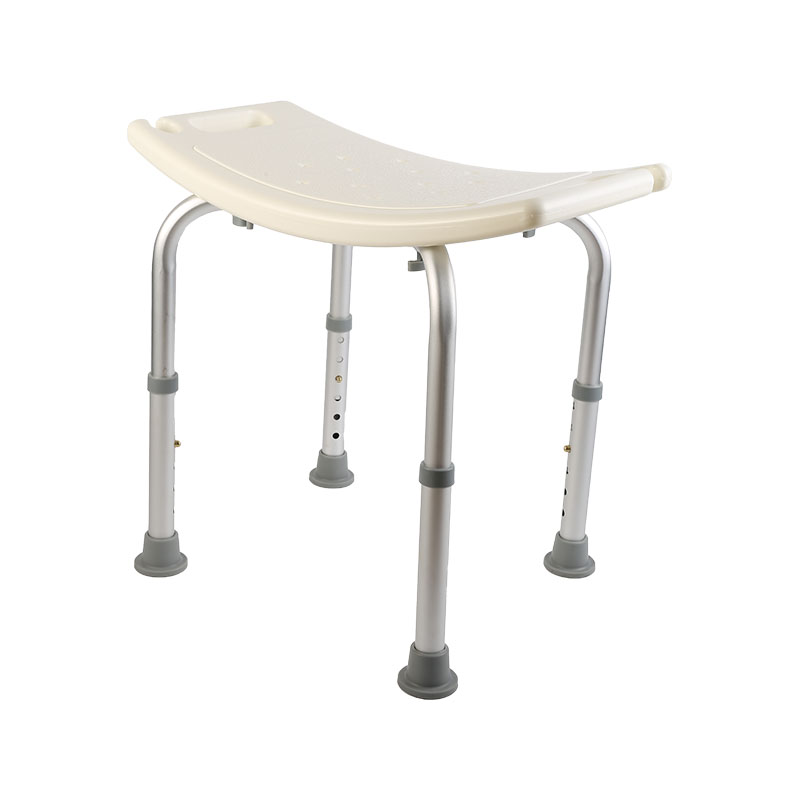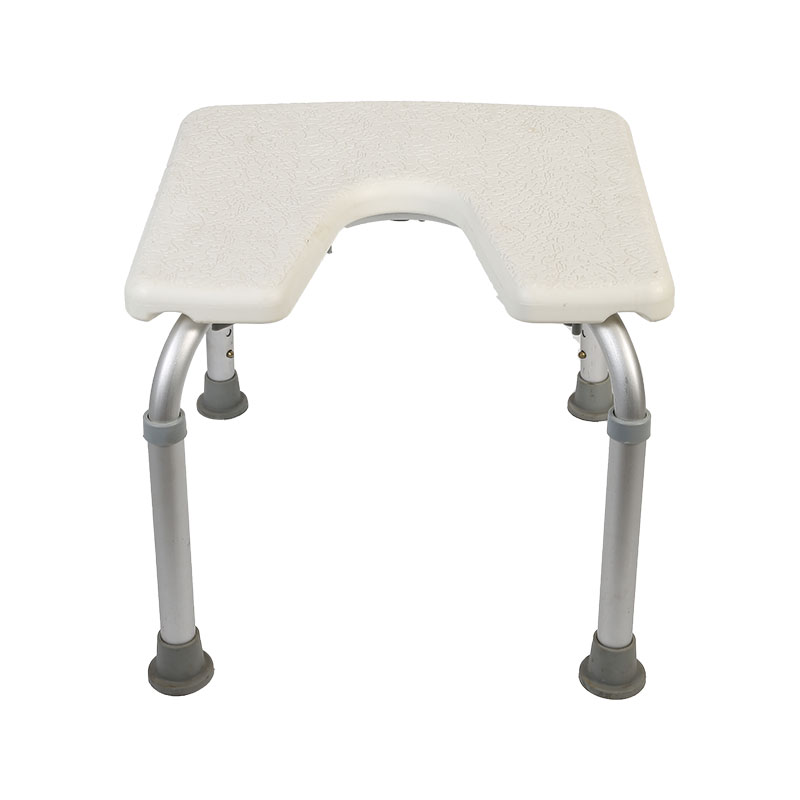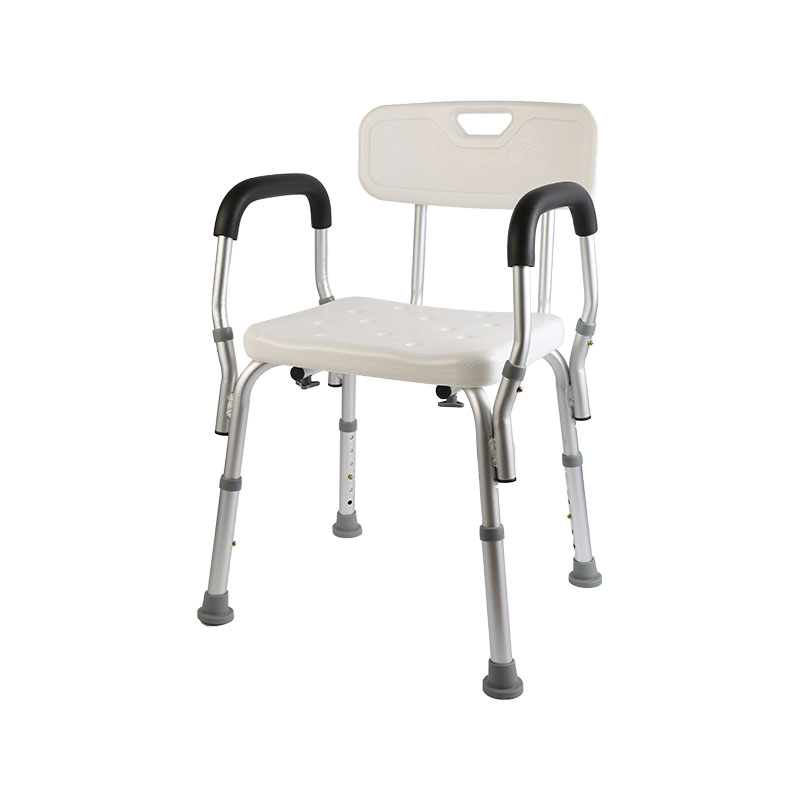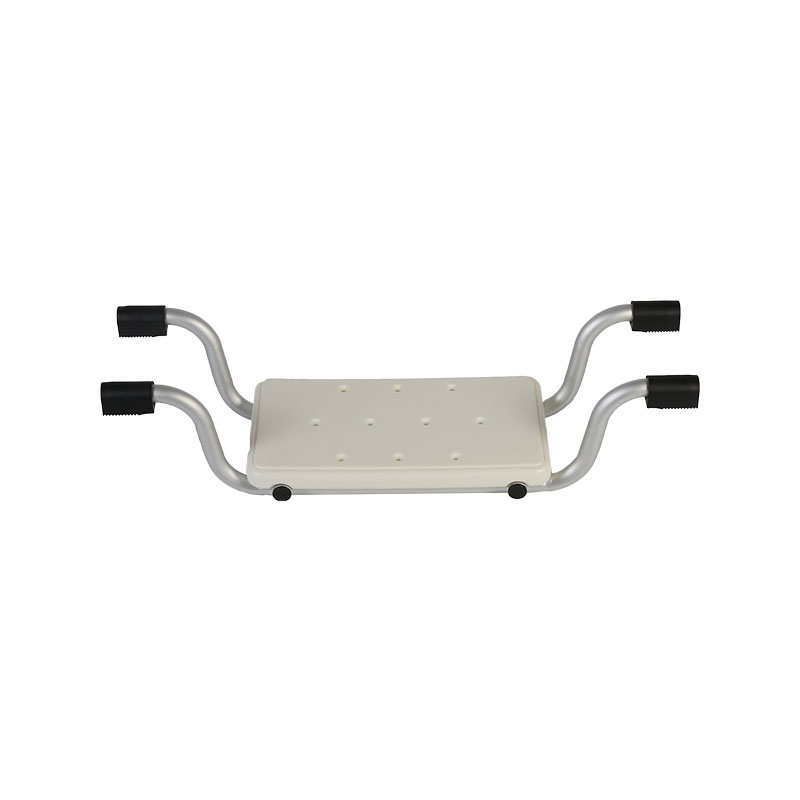Rollers are essential to the daily life of the disabled, and choosing a suitable rollator can bring great convenience to the disabled. It can be supported by equipment, and it is a functional exercise for rehabilitation patients to restore body functions, relieve pain, and help rehabilitation. The rollator is suitable for frail patients, elderly patients, patients with lower limb fractures, and patients with unilateral or bilateral lower limb weakness. Do you know what are the advantages and disadvantages of rollator? We want to master the types and uses of mobility aids for the elderly. Let’s have a look at Beiqin mobility equipment.
advantage:
1. The feet are equipped with rubber soles, which increase the friction with the ground and make it safer to use;
2. It can be folded, easy to store and carry, and the rear wheels can be used both indoors and outdoors;
3. The height can be adjusted, there are 8 levels that can be adjusted, the height can be adjusted from 78CM to 96CM, and the width is about 47CM;
4. The grip part is outsourced with non-slip material, which is not easy to take off;
5. Bearing 100kg;
6. The twisting type (interactive type) is more convenient than the old-fashioned fixed type, and it can also be fixed to use with stronger coordination and less effort!
7. Using high-light materials, the overall lightness, durability, and a net weight of 2.6 kg (because the rollator is a frame structure, the actual weight that the hands bear is less than 3 kg, which is very light!
shortcoming:
It is cumbersome and inconvenient for nursing staff. The elderly need upper limb strength when using it, so it is not suitable for the elderly with hemiplegia.
Types of rollators
1. Fixed type: It is often used to reduce the load on one lower limb. When the lower limb is injured or fractured and no load is allowed, lift the armrests on both sides with both hands and place one foot forward on the ground at the same time, and then step on the healthy leg.
2. Interactive type: small size, no casters, adjustable height. When using, move one side forward first, and then move the remaining side forward, so that you can alternately move back and forth. It is suitable for patients with poor standing balance and weak lower limb muscle strength or the elderly. Its advantage is that it is also very convenient to go to the toilet.
3. Wheel type in front: It is suitable for those who have the poor upper limb muscle strength and have difficulty lifting the walker on one side or the whole. At this time, the front wheel is on the ground, and the rear foot of the walker can be pushed forward to walk.
4. Walking care for the elderly: This car is different from the above three types. It has four wheels and is easy to move; it does not need to be controlled by hand, but to move forward with the forearm flat on the washer. This car is suitable for elderly people who walk unsteadily, but when using it, pay attention to keep your body perpendicular to the ground, otherwise, it is easy to slip and fall.
The elderly should choose a rollator that suits them according to their physical conditions, and they can also use crutches. Pay attention to the safety of the elderly when traveling, and master the safety knowledge of the elderly.

 English
English Français
Français Español
Español Deutsch
Deutsch